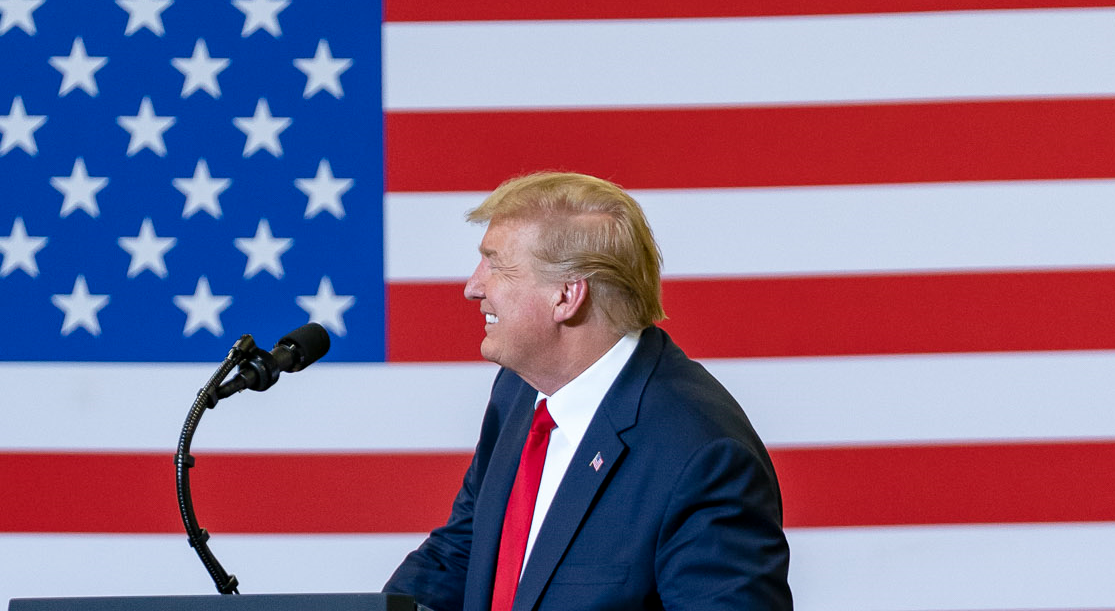Donald Trump’s presidency was marked by a series of aggressive trade policies, with tariffs being one of the most significant economic tools he employed. His administration imposed tariffs on billions of dollars’ worth of imported goods, particularly from China, in an effort to reduce the U.S. trade deficit and protect domestic industries. But how were these tariffs actually calculated?
The Basis for Trump's Tariffs
Tariffs are essentially taxes imposed on imported goods. The Trump administration justified its tariffs using various legal provisions, mainly:
-
Section 232 of the Trade Expansion Act of 1962 – This allowed tariffs to be imposed on imports deemed to threaten national security, which was the basis for tariffs on steel and aluminum.
-
Section 301 of the Trade Act of 1974 – This was used to address unfair trade practices, particularly by China, leading to the most extensive tariffs during Trump’s tenure.
-
Section 201 of the Trade Act of 1974 – Applied in cases where a surge in imports was seen as harming U.S. industries, such as washing machines and solar panels.
How Were the Tariff Rates Determined?
The tariff rates imposed under Trump’s policies varied significantly depending on the product, country of origin, and the legal justification for the tariff. However, the calculations generally followed these principles:
-
Economic Impact Analysis – The administration evaluated the impact of different tariff rates on both U.S. consumers and businesses. While Trump aimed to protect American manufacturing, economic advisors assessed how tariffs would influence prices, supply chains, and employment.
-
Retaliation Considerations – Since other countries could impose counter-tariffs, U.S. officials had to factor in possible economic consequences when setting rates.
-
Targeted Industry Protection – The tariff percentage was often set based on how much domestic industries needed protection. For example, steel and aluminum imports were taxed at 25% and 10% respectively to boost U.S. production.
-
Negotiation Leverage – Some tariffs were deliberately high to pressure trading partners into new agreements, such as the renegotiation of NAFTA into the USMCA.
China Tariffs: A Case Study
The most controversial and widely discussed tariffs were those imposed on China under Section 301. These tariffs were rolled out in four phases, with rates ranging from 10% to 25% on various products, from electronics to household goods. The goal was to penalize China for alleged intellectual property theft and unfair trade practices while forcing trade concessions.
The tariffs were calculated based on:
-
The estimated economic damage caused by China’s trade policies.
-
The ability of U.S. businesses to find alternative suppliers.
-
China’s potential retaliation and its effect on American exporters.
Effects and Future Considerations
While the tariffs led to increased costs for consumers and businesses, they also reshaped global trade patterns. Some industries, such as domestic steel, benefited in the short term, but others, like agriculture, suffered due to retaliatory tariffs from other nations.
In the end, Trump’s tariff strategy was not just an economic measure—it was a political and diplomatic tool. Whether the tariffs achieved their intended goals remains debated, but the way they were calculated reveals a mix of economic analysis, political strategy, and negotiation tactics.


